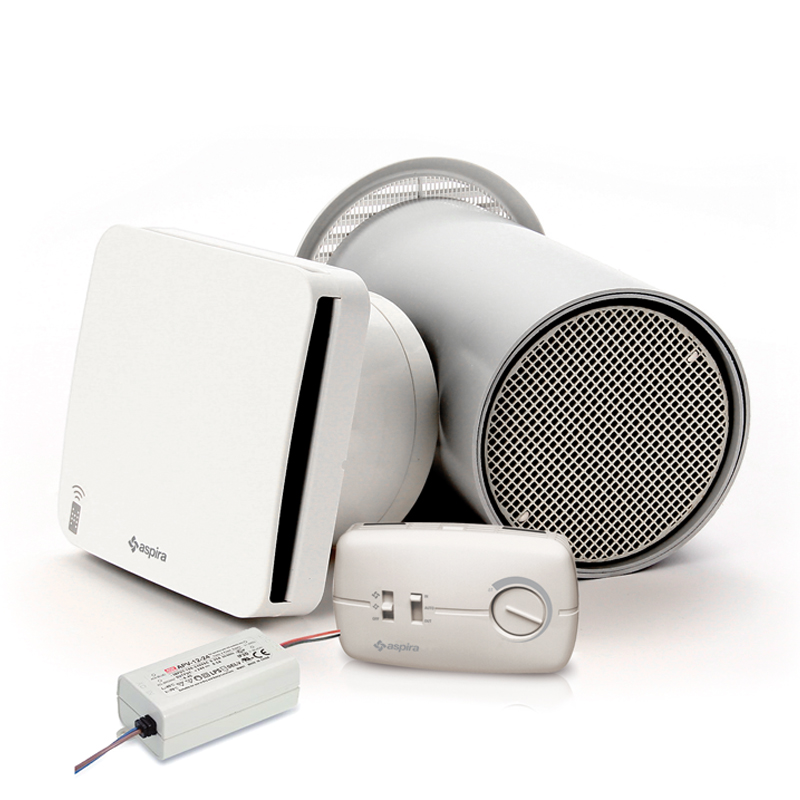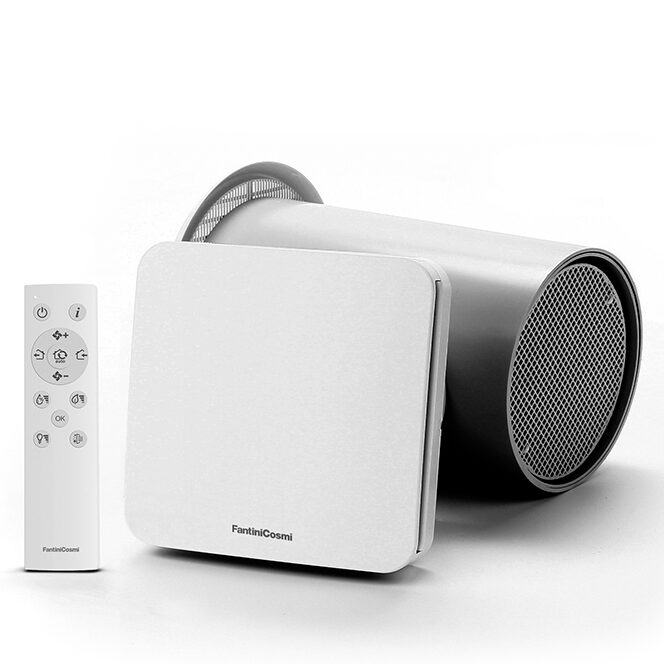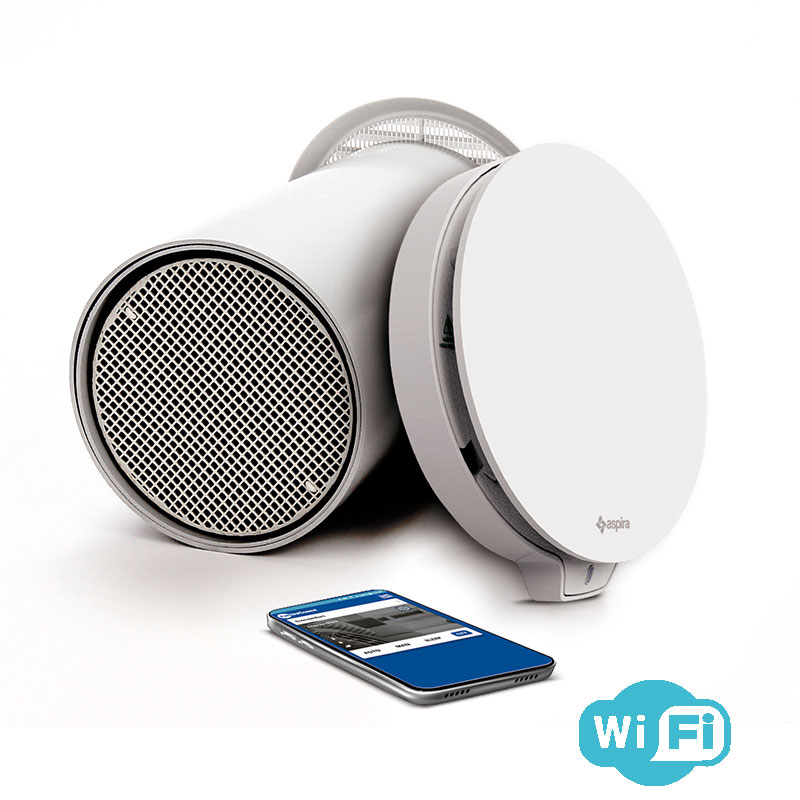Our solutions for sick building syndrome
Noise Control Solutions for Healthy Buildings
Persistent noise disrupts concentration, communication, and cognitive performance, particularly in work and learning environments, reducing efficiency and satisfaction.
Noise control solutions enhance comfort and promote a sense of privacy, making spaces more enjoyable and functional. For instance, soundproofing measures prevent external noise from entering and reduce the transmission of internal noise between rooms, ensuring a quieter and more peaceful environment. One of the biggest issues for noise control is open windows. Because an open window can significantly reduce noise control by allowing external sounds, such as traffic or construction, to enter the building without obstruction. While they improve ventilation, open windows compromise sound insulation, making it harder to maintain a quiet and comfortable indoor environment. And that’s where our products and solutions come in. You can jump straight to our products by clicking here, or take a a look at some key aspects of noise control in healthy buildings first.
Soundproofing measures, such as adding additional layers of drywall or installing acoustic barriers, can be used to create barriers that block or absorb sound and prevent it from entering or exiting a room or building.
Architectural and interior design elements, such as room layout, surface finishes, and furniture placement, can influence the propagation of sound within a space. Designing spaces with sound-absorbing materials, diffusers, and acoustic panels can help reduce reverberation and improve speech intelligibility.
Heating, ventilation, and air conditioning (HVAC) systems can contribute to indoor noise levels. Proper design, installation, and maintenance of HVAC equipment, along with the use of sound-attenuating components such as dampers and silencers, help minimise noise generated by HVAC systems.
Educating building occupants about noise-generating activities and promoting considerate behaviour, such as using headphones in shared spaces, minimising loud conversations, and avoiding disruptive activities during designated quiet hours, helps maintain a peaceful and harmonious indoor environment.
Implementing landscaping features, such as vegetation buffers or sound barriers, and utilising building orientation and site planning strategies to minimise exposure to external sources of noise, such as traffic or industrial activities, helps mitigate the impact of environmental noise on building occupants.
Our noise control products
At Anglo Nordic, we offer a range of noise control products. Just hover over the box to find out more.

The EcoComfort Air

The Ghost Unit

The EcoComfort Plus

The EcoComfort Smart 2.0

The RhinoComfort
The finer detail
The problems our products solve
Opening windows can greatly impact noise control by providing a direct path for external sounds, such as traffic, construction, or loud neighbourhood activity, to enter indoor spaces. Although open windows are beneficial for improving ventilation and air quality, they bypass soundproofing measures, making it challenging to maintain a peaceful and quiet environment within the building.
Applications
Where they work
Hotel Rooms
Residential
Social Housing
Small Offices
Care Homes
Student Rooms
So why not talk to us about our noise control solutions for Healthy Buildings
If you’d like to find out more about our approach and talk to use about our noise control solutions please do get in touch.
